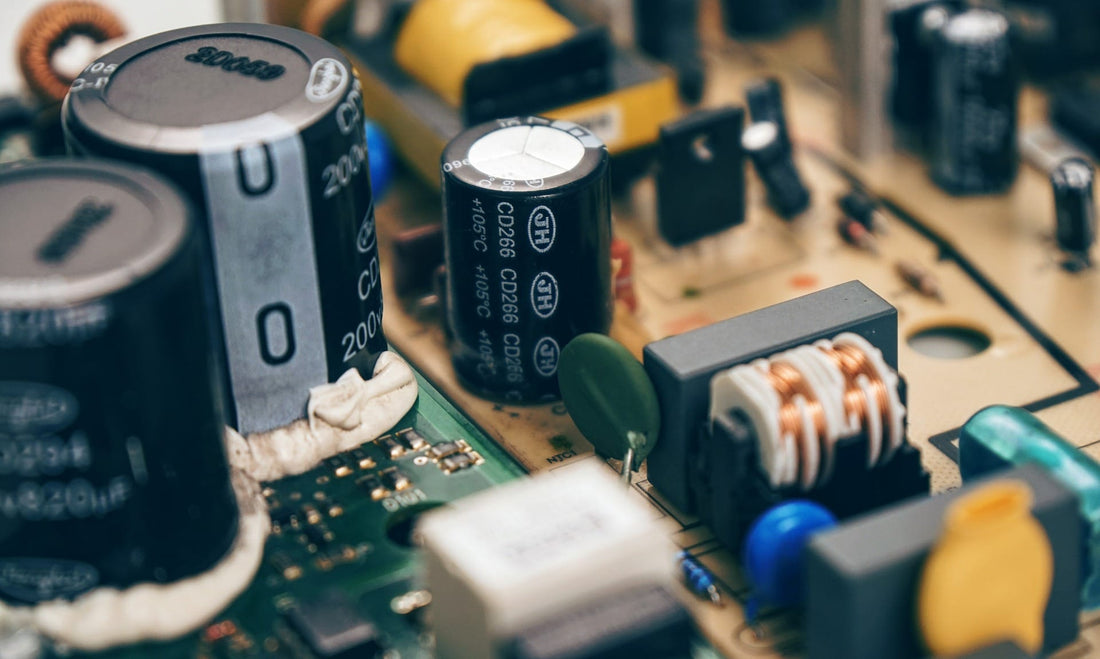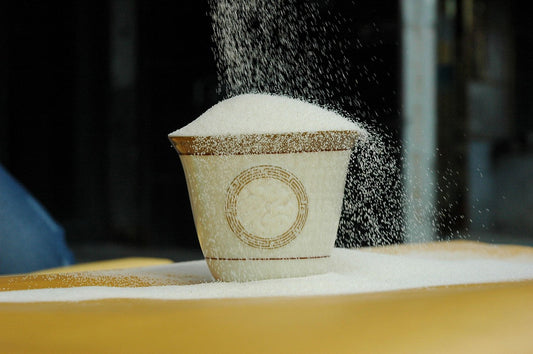Blocking capacitors
by Paul McGowan
For many, many years we blocked unwanted signals and voltages with capacitors in the signal path. These were appropriately named, blocking capacitors, bits and bobs of circuitry designed to keep everything from DC to turntable rumble out of our stereo reproduction chains.
And then one day we focused all our efforts on removing them from the circuit. Banished, they were, thrown out into the cold and ordered never to darken the circuitry of a PS Audio product again. We had discovered they robbed music of its life. But the path to that discovery was neither simple nor direct. It never is.
Engineering is a balancing act. No matter what we do, there is always a good and bad side to it. We don't want DC to jar us when we change inputs or our turntable rumble to flutter our woofers. So, we block those activities with a capacitor at the input and output of our amplifier circuits. Then, we discover that different kinds of those blocking capacitors change the way music sounds. Oy! With the blocking cap in place, the highs are smeared and, in some cases, seemingly muffled. Then we learn that we can add another, smaller, capacitor in parallel with the big blocking capacitor and voila! the highs gain clarity and a damping blanket seems to be removed. This new small film capacitor becomes known as a bypass cap—it works where the big caps don't.
But, what if we eliminate the capacitors altogether? Now the sound is glorious, opened up, blossoming like a fresh spring day. We title this kind of connection direct coupling because we've eliminated something from the signal path. Is direct coupling perfect? Heck no, it has other problems.
The point of this post is simple. Each step along the evolutionary path of audio moves us a few steps forward, but often, there's a step backward as well.
We build upon the successes and failures of all that have come before us.
- Choosing a selection results in a full page refresh.
- Opens in a new window.







